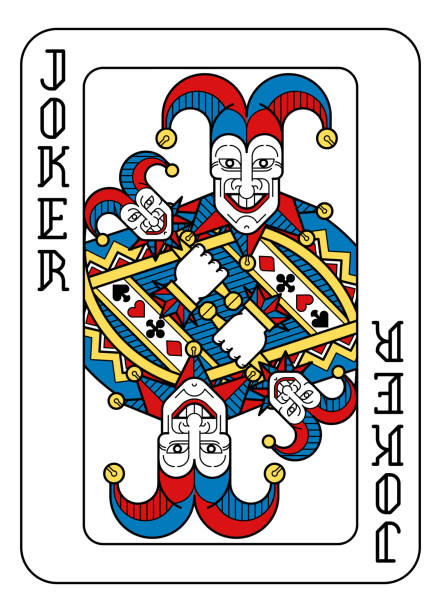
This lesson plan is good for young children and low level adults. Some teens really get into it, with others it has been known to die on its arse. You will need a dice and the powerpoint below.
Here is the powerpoint:
https://skydrive.live.com/redir?resid=79CFF252BEEA0A7D!234&authkey=!ADjqXTKxe4d-QPA
It is a beautiful demonstration of my skill on Microsoft paint.
Game Instructions:
This is a problem solving game. Students must use items they find during their adventure to solve problems and overcome obstacles that are in their path.
Tell the students that one night they all go to sleep and suddenly wake up in a strange place. In front of them are 4 mysterious doors (slide 3). They can choose which door to go through. Behind each door there is a different scene:
- Behind door 2 (red) there is a small orchard with some apple trees, flowers and a mysterious X on the floor (slide 4).
- Behind door 4 (yellow) there is a crying princess in a room with two axes on the wall (slide 9)
- Behind door 3 (blue) there is a man lying in bed ill with hamburgers under his bed. (slide 12)
- Behind door 5 (orange) there is a cold, hungry guard guarding a big locked gate, he has a spade. (slide 14)
The students have to complete the quest, here is the solution, try and let the students think through all their options, useful questions to ask are: What can you do? What do you have?
On entering door 2 (red) the students see the orchard, the flowers and the X. If they want they can pick flowers and apples (slide 5 shows the picked flowers and apples).
On entering door 4 (yellow) they see the princess. If they speak to the princess she will tell them that she is very sad because nobody loves her and nobody every gives her any presents. If they give her the flowers from the orchard (door 2) she will stop crying and give them an axe (slide 10 shows this)
On entering door 3 (blue) students will see the ill man who will tell them that his stomach aches because he has eaten too many hamburgers and that he needs healthy food to feel better. If they give him apples from the orchard (door 2) he will feel better and fall asleep (slide 13 shows this) the students can then take hamburgers.
On entering door 5 (orange) students will meet the cold hungry guard. He doesn’t like apples. However, if they give him a hamburger from (door 3) he will be happier (slide 15) But he won’t give them his spade unless they make him a fire by chopping down a tree in the orchard (door 2) with the axe they got from the princess (door 4) (slide 6 shows the chopped down tree, slide 7 shows the tree chopped into firewood). If they make him a fire the guard will be warm and happy (slide 16) He will then give them his spade.
The students can then use the spade to dig for treasure on the X in the orchard (slide 8 shows the treasure dug up) The treasure is a small golden box, but it is locked, it cannot be opened by force. If they show it to the princess she will unlock it because she has the key in a locket around her neck. Inside the box is an enormous key which unlocks the gate in door 5.
The boss room (slide 17) On entering the boss room students will see a hydra and the handsome prisoner held captive in a cage. Students must attack the hydra with the axe and must roll higher with the dice than the teacher to be successful. Each student has 2 lives, if they roll less than the teacher they lose a life. When the student rolls higher than the teacher for the first time show slide 18, and explain that the student has cut of the hydras head but 2 more have grown back in its place. The prince will then shout that you need fire to burn the stumps after you cut them. The students must return to the guard room and get a flaming piece of wood. When the students have beaten the hydra by rolling higher than the teacher 4 times (slides 19 and 20) (one for each head) then the prince’s cage will magically spring open. The prince and princess will be reunited (slide 21) and will live happily ever after. They will also give the students lots of treasure!
Notes:
I wrote this lesson plan for children, specifically a small group. I have since gone on to use it with larger groups of children and found it to be successful. Then one day I tried it out on a group of lower level adults and they got really into it.
Target Language:
Loads of good stuff comes up and the higher the level the more vocabulary you can introduce. Examples include:
Verbs: chop, cut, give, ask, burn, dig, pick (flowers)
Nouns: spade, axe, fire, gate, key, lock, orchard etc.
It can be used to practice a range of structures depending on the level. For example for intermediates you can have them discuss their options in the 1st conditional: “Maybe if we give him a hamburger he will give us the spade.”
Enjoy, let me know if the instructions make sense or not.






